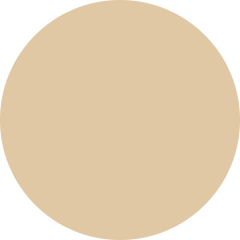Hair and scalp disorders are more common than you might think - and they may affect many aspects of your health and wellbeing.
At Sinclair Dermatology, we offer professional care for every strand. Our skilled team includes dermatologists, trichologists and exceptional hairdressers working together to support you at every step.



Disorders of the hair and scalp include a wide range of conditions that affect hair structure and growth or the health of your scalp. Some are caused by infections or inflammation, others by hormones, genetics or autoimmune changes.
If you’re experiencing any of the following, we’re here to help:
Hirsutism is the medical term for excess hair growth in areas where hair usually grows lightly or not at all – like your chin, upper lip, chest or back.
While many men have naturally more body hair, excess hair growth in women can be a sign of a hormonal imbalance, such as:
Hirsutism can be distressing, especially when it affects visible areas like the face. There are evidence-based treatments available, including:


If you’ve noticed red, scaly patches, bald spots or even pus-filled bumps on your scalp, an infection may be the cause.
What is it?
A contagious fungal infection that causes round, scaly patches, hair loss and sometimes swelling or pus. It’s especially common in children.
How is it treated?
Oral antifungal medication is usually required.
What is it?
A rare fungal infection that causes white or black nodules on the hair shaft.
White piedra is caused by Trichosporon yeast. Black piedra is caused by Piedraia hortae mould.
How is it treated?
Antifungal shampoos, and in some cases, shaving affected hair.
What is it?
Small, itchy bumps that look like pimples – often due to bacteria, yeast or ingrown hairs.
How is it treated?
Antibacterial washes or medications.
These infections may lead to hair loss if left untreated, so early diagnosis is key.
At Sinclair Dermatology, we offer comprehensive care for people living with disorders of the hair and scalp.
Our team includes:
We also run clinical trials for emerging treatments, giving you access to new therapies before they’re widely available.
If you’re worried about your scalp or hair, don’t wait. Come to see us.
Many things – including hormones, stress, genetics, infections, nutritional deficiencies, and autoimmune conditions. Sometimes, it’s a combination of factors.
In many cases, yes – but early treatment is essential to prevent scarring and permanent damage.
A small amount of fine facial hair is normal. But coarse or dark hair on the chin, lip or chest may suggest a hormonal imbalance.